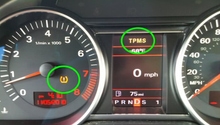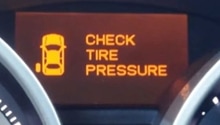Acura: Warning Lights
The warning lights are your Acura's way of telling you something is wrong with it. Read on to learn what each one means.
This article applies to all Acura models.
Like all modern cars, your Acura is a rather advanced vehicle; it is equipped with various sensors connected to most of its components. These sensors are designed to tell you, the driver, when one of your components go wrong. Since the car can't speak English all that well, it uses warning lights to get your attention to the faulty components. Each warning light is designed for one or more parts. Some of the warning lights are much more urgent than others, and whenever you see a red warning light, this is an indication that it's serious. The rule is to diagnose your Acura whenever you see a warning light, regardless of the color or the urgency. This guide will go over the warning lights that you may likely see, and the ones you hope you never get to see. Read on to learn more about your warning lights.
Diagnosing Warning Lights
You can guess all you want, but you will never be 100% accurate, unless you use an OBD-II reader. These scanners can be rented or purchased at any auto store. You can plug it into your Acura, and it will read the trouble code. You then take the code and compare it to the trouble codes in your owner's manual, and it will point you to the specific culprit. The scanners can be bought for $200, but they can also be rented for free. Note that the dealership will charge you $125 just to read the code, and if you know how simple it is to read the code, you'd never go there again.
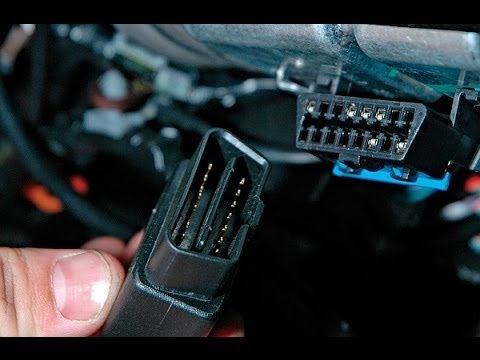
Brake Light
Without having to explain much, the brake light is considered to be the most urgent warning light that could appear on your dashboard. If you're wondering why, ask yourself what is scarier than your car failing to stop? The brake light could mean a number of things, from having low brake fluid to having worn brake pads. Most of the time, this light will appear accompanied by squeaking noises or mushy brake pedal. However, before you do anything, check your emergency brakes; if it's activated, even just a little, this light could turn on. If your emergency brake level is deactivated, then make sure you check the brake fluid reservoir, check for leaks, and check your brake parts, such as the pads, calipers, and rotors.

Coolant Light
The coolant light appears in red, only because it's an urgent one. The urgency of the coolant light comes from the urgency of overheating. If you have a faulty thermostat, it could mean your engine is slowly overheating, and if you don't stop everything right this second, you could have some serious issues. This light doesn't always mean you are in big trouble, it could also mean you're leaking coolant, and even though it could be a slow leak, eventually it could lead to overheating problems. If your car begins to overheat, pull over as quickly as possible and shut the engine off. Prolonged engine overheating will destroy the engine and cause permanent damage.

Engine Oil Light
We've covered the lights that could be urgent for your safety, now this light is urgent for your Acura's safety. The engine warning light is designed to tell you that you may have an issue with your engine oil; whether it's low or your oil pressure is off, it's important that you stop immediately. Driving with low engine oil can damage the internal parts of your engine, which can cost you a lot of money to get to, yet alone replace. If the engine oil light is orange, this could mean that you need to replace your engine oil. Again, the red ones are the urgent ones, which means STOP and take care of it.
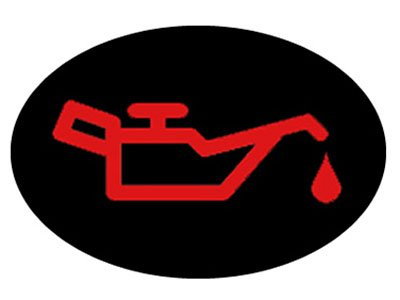
Battery Light
The battery light goes on when your battery is losing charge. This could mean your battery is faulty, but it could also mean that your alternator is failing at charging your battery. You can easily check your alternator by starting the car, then removing the negative battery terminal with the car on. If it stalls, this means the alternator isn't working, but if it continues working, then your alternator is working properly and your battery is more at faulty.

Warning Light
This one may seem daunting, but for most Hondas and Acuras, it's usually not a big deal. Usually illuminated yellow, this means that the VSA (Vehicle Stability Assist) has been deactivated. Tap the VSA button again to see if the light goes away. If the light stays on, there may be an issue with the VSA control module, vehicle speed sensors or the ABS controller. A visual inspection to the front suspension near the wheel hub may point out some errant or loose wiring coming from the hubs. If everything seems fine there, we recommend taking the vehicle to a Honda/Acura certified repair specialist to further troubleshoot.

Airbag Light
Many Honda/Acura products have an issue with the SRS light illuminated some time after the car passes the 100,000 mile mark on the odometer. This has afflicted Hondas and Acuras since the 90's. Sometimes, the light just comes on without meaning, and poses no issue to occupants. However, due to the nature of the Supplemental Restraint System and its importance, we do recommend taking your vehicle to a Honda or Acura dealership for inspection in regards to a potentially disabled, or damaged, airbag or restraint system.

Power Steering
The power steering light goes on when you need to replace your power steering fluid, when your have a leak, or when you have a problem with the pump. Although this is not urgent when it comes to your safety, it is when it comes to the power steering pump's safety. Having low fluid or old fluid in the power steering pump could cause damage to it, which can cost you upwards of $200 to replace it. Check the fluid right away, then check around it for any leaks.
Many newer Acuras are switching over to electrically-assisted power steering, which foregoes the use of hydraulic fluid to assist in moving the steering rack. "Steering-by-wire" has its own set of specific complications when it fails and should only be diagnosed by a certified professional.

Check Engine
The check engine light can come one for various reasons. In fact, there is a tremendous amount of parts that could cause your check engine light to go on. Anything from a small sensor to an oil pan leak. The only answer to this warning light is to connect it to your OBD-II scanner, as this will point you to a code, which will point you right to the culprit. Although this light isn't in red, it always means something needs replacement; it's recommended you take it very seriously for the sake of your engine's health.
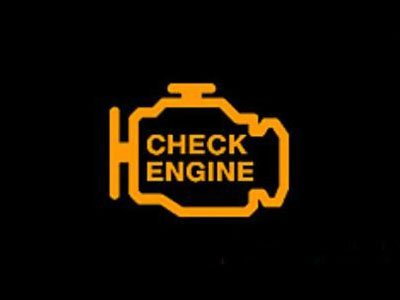
ABS Light
The ABS light is an indication something is wrong with your Anti-lock Braking System. In an emergency braking situation, ABS pulses the brakes versus allowing them to completely lock up, this improves vehicle control and reduces the risk of skidding or causing an accident. The ABS light usually goes on when your ABS sensor is faulty, but it can also mean a few other things, including the wiring going to your sensor. It is a somewhat common issue on newer Honda/Acura models to trigger the ABS/Electric Steering and VSA malfunction all in one go when the Vehicle Speed Sensor or similar is damaged. Some owners report that shutting the vehicle off and turning it back on again a few times temporarily relieves the issue and allows for the car to be driven normally. Even though this is not an emergency, drive carefully to your destination, as the car's stopping ability may be reduced. Having faulty ABS system can result in your wheels locking when stopping suddenly.

Related Discussions
- Warning Light - AcuraZine.com
- ABS Warning Light - AcuraZine.com
- Airbag Warning Light - AcuraZine.com



